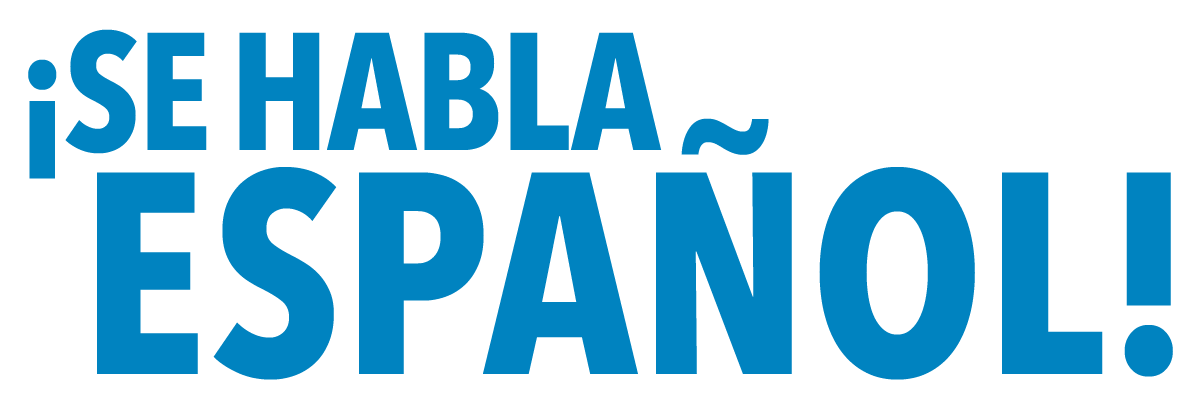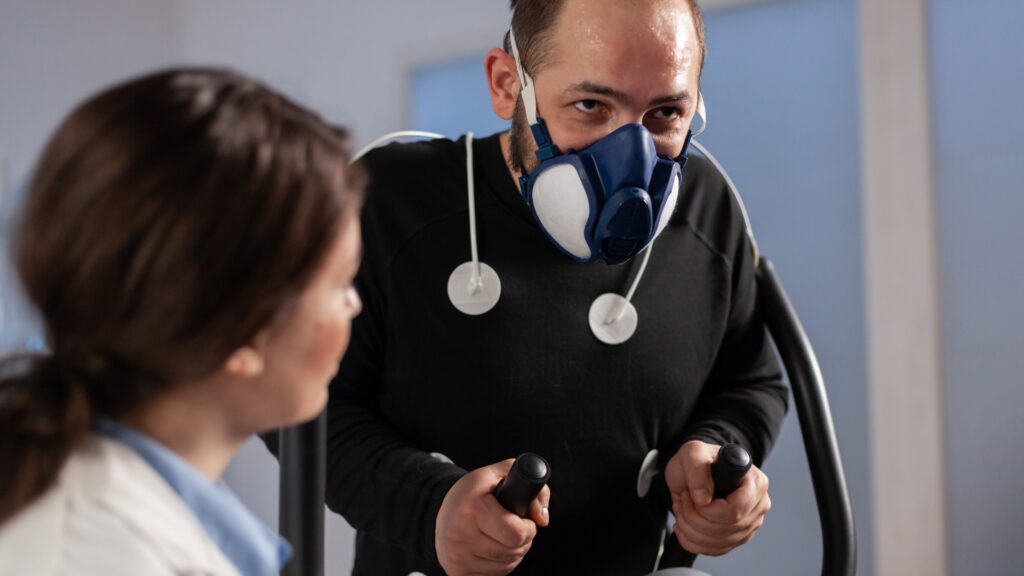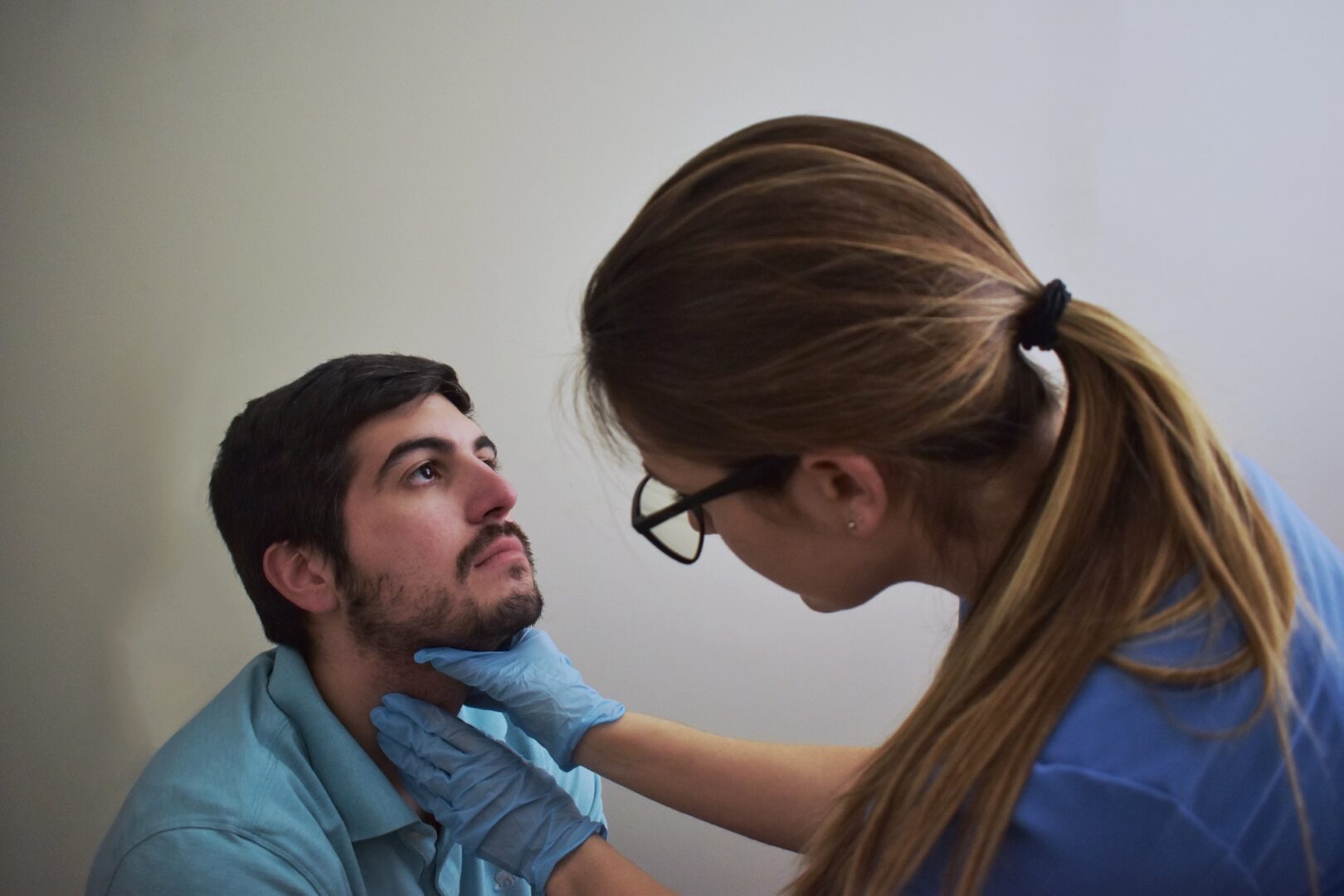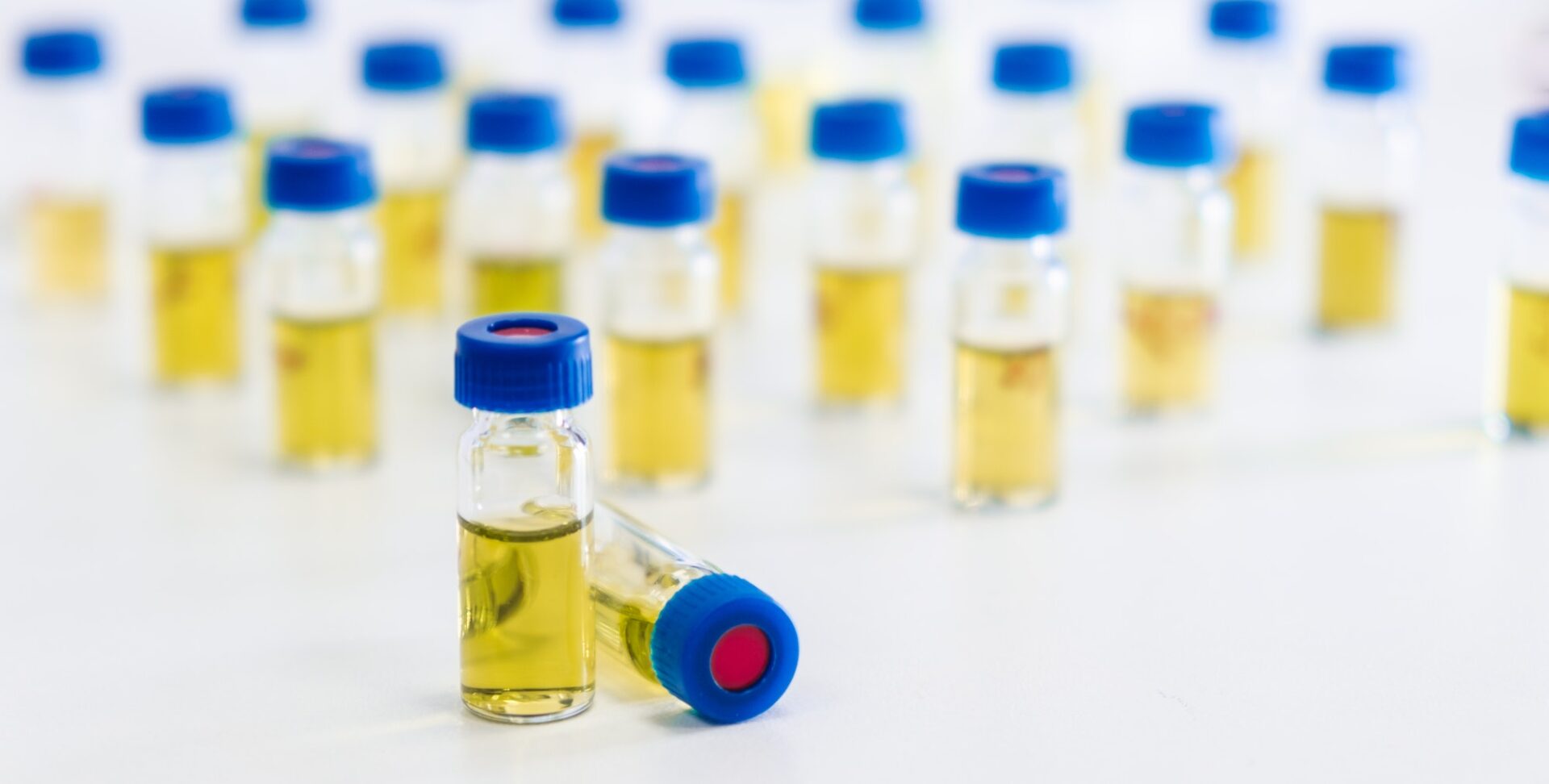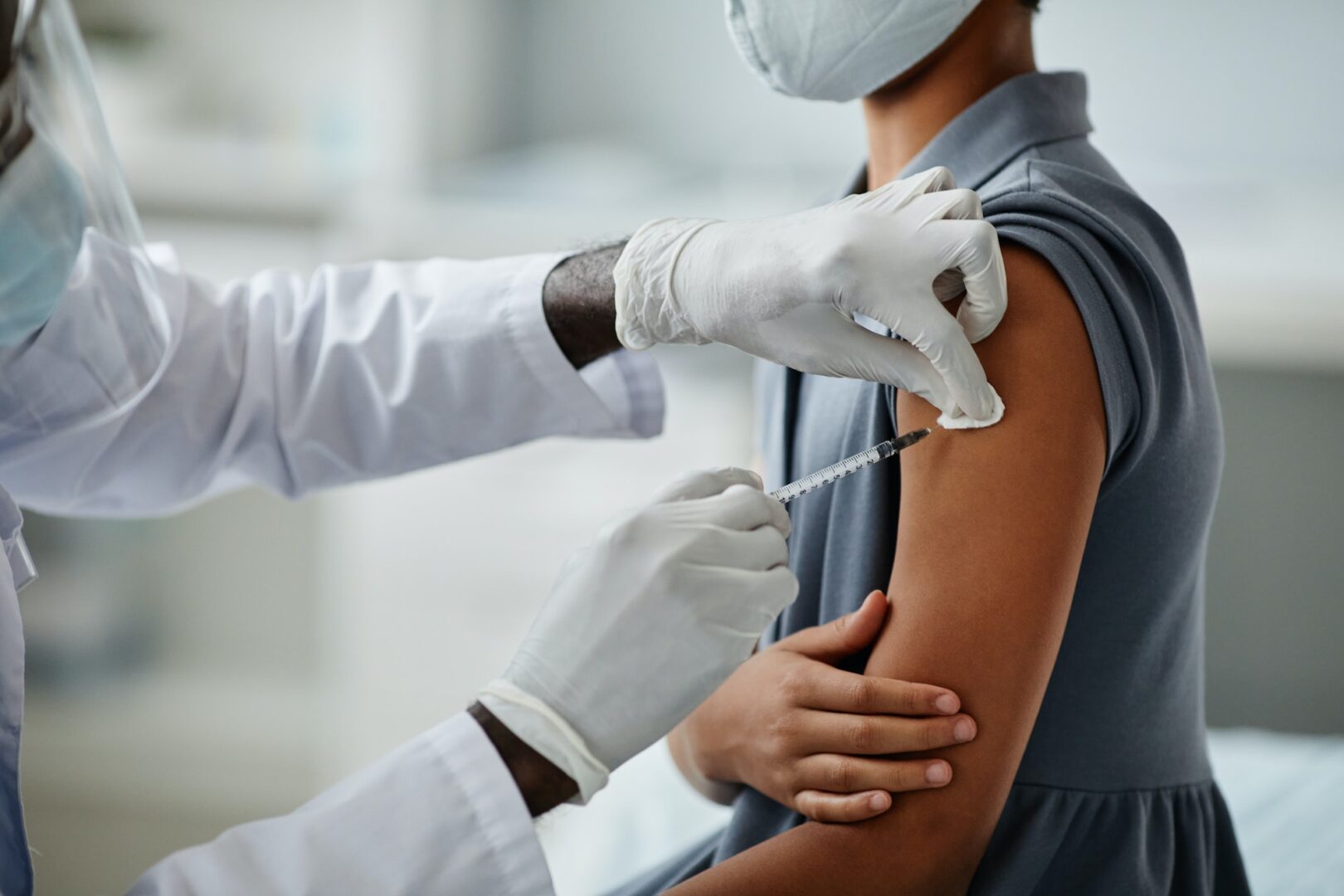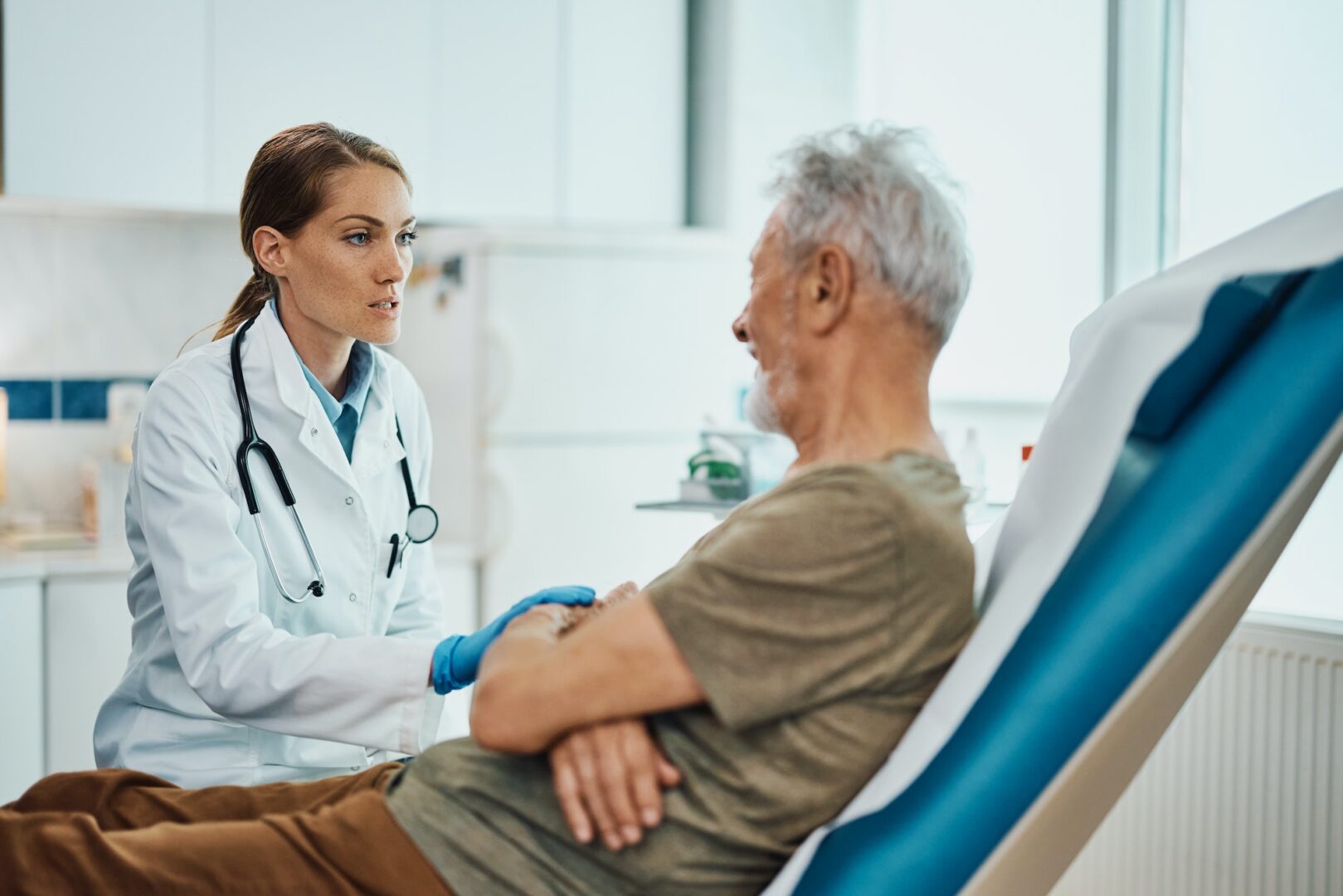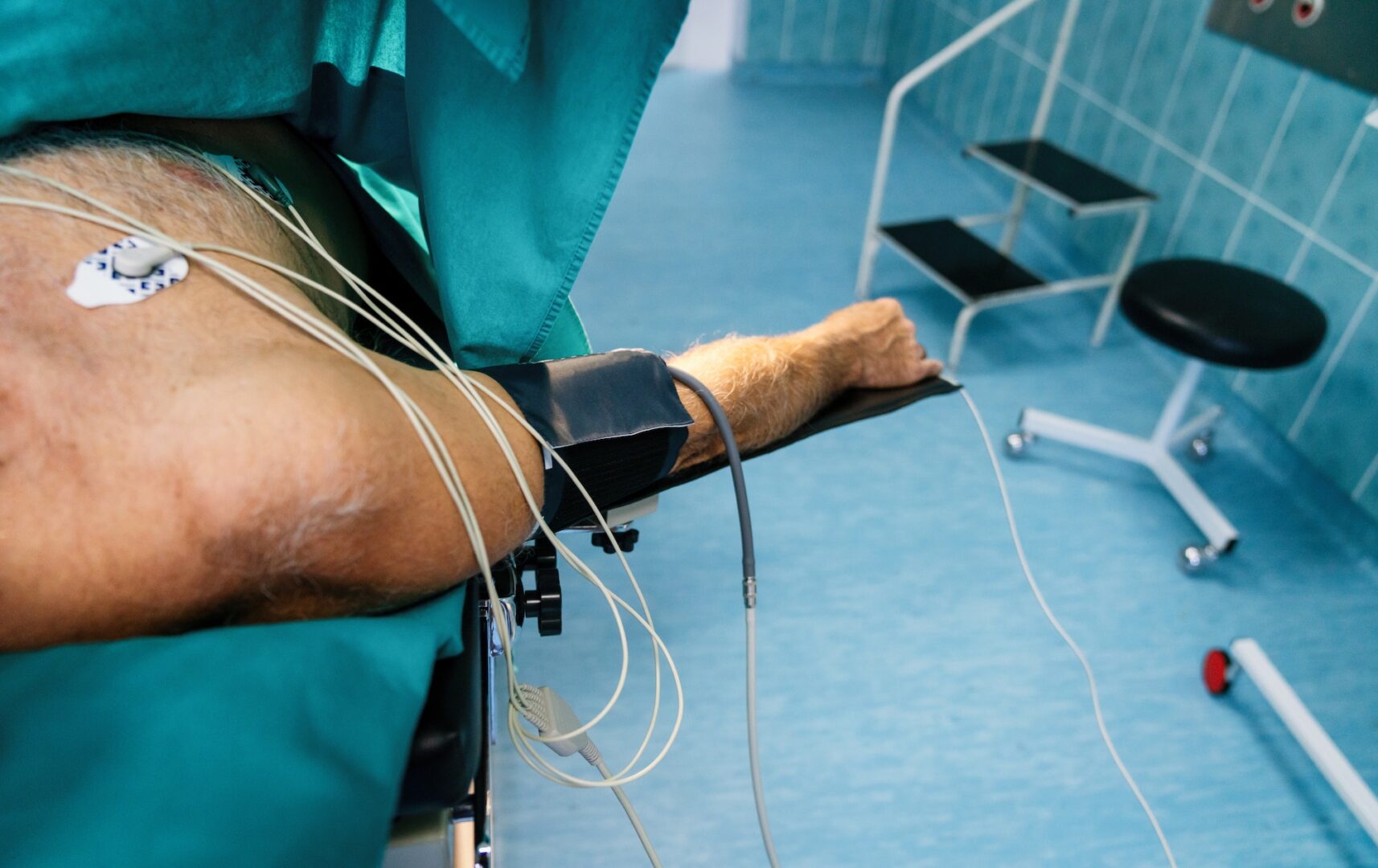Why Choose Advanced OccMed?
At Advanced OccMed, our blend of expertise and comprehensive services makes us the go-to choice for all your occupational health and travel medicine needs.
Occupational Health Expertise
We pride ourselves on our deep knowledge and experience in occupational health. Our team of professionals is dedicated to providing top-notch services, including DOT physicals, return to work exams, and pre-employment health exams. We are well-versed in implementing respiratory protection programs, which are essential for safeguarding employees from diverse respiratory hazards.
Our services go beyond basic evaluations. We offer specialized exams such as FAA medical exams and USCIS exams to meet specific regulatory requirements. We understand the importance of thorough assessments, especially in the context of OSHA’s regulations, ensuring that employees are medically fit to wear respirators.
| Service | Description |
|---|---|
| DOT Physicals | Comprehensive exams to assess drivers’ fitness for duty. |
| Return to Work Exams | Evaluations to ensure employees can safely resume work. |
| Pre-employment Health Exams | Assessments to screen potential employees for job fitness. |
| FAA Medical Exams | Specialized exams for aviation professionals. |
| USCIS Exams | Medical evaluations for immigration purposes. |
Comprehensive Travel Medicine Services
Our travel medicine services are designed to keep you healthy while abroad. Whether you are traveling for work or leisure, we provide a range of services to ensure your well-being. Our team offers travel vaccinations, ensuring you are protected against diseases prevalent in your destination country.
Additionally, we provide advice and medications for travel-related health concerns. Our comprehensive approach covers everything from blood and urine testing to EKG testing, ensuring you are in optimal health before your journey.
We also address specific health risks such as tuberculosis through TB skin testing. Understanding the varied needs of travelers, we tailor our services to offer the best protection, focusing on preventive care and timely medical interventions.
| Travel Service | Description |
|---|---|
| Travel Vaccinations | Immunizations to protect against diseases in travel destinations. |
| Blood and Urine Testing | Routine and specific tests to ensure overall health. |
| EKG Testing | Cardiac assessments to monitor heart health. |
| TB Skin Testing | Tests to screen for tuberculosis. |
Choose Advanced OccMed for your [respirator clearance/fitting exam] needs, and experience the difference of working with seasoned professionals dedicated to your health and safety. Visit us for reliable and comprehensive occupational health and travel medicine services.
Importance of Respirator Fit Testing
When it comes to occupational safety, ensuring that your respirator fits correctly is crucial. At Advanced OccMed, we prioritize comprehensive respirator clearance/fitting exams to guarantee your safety and well-being.
Ensuring Proper Respirator Fit
Respirator fit testing is one of the most important aspects of any Respiratory Protection Program. Proper fit testing ensures that employees’ respirators fit correctly on their faces, protecting them from workplace respiratory hazards. Tight-fitting respirators must undergo fit testing before use to confirm the seal’s integrity and minimize contaminant leakage through the face seal. Various types of respirators used in a workplace protection program, including filtering facepieces and tight-fitting powered-air purifying respirators, require proper fit testing.
OSHA’s Fit Testing Protocols
The Occupational Safety and Health Administration (OSHA) mandates that respirator users be fit-tested before using any tight-fitting respirator in the workplace. OSHA’s fit testing protocols are outlined in OSHA’s 1910.124, Appendix A and include two types of tests:
- Qualitative Fit Testing (QLFT): This test relies on the user’s sensory detection of a test agent to determine fit. While effective, it is less precise than quantitative testing.
- Quantitative Fit Testing (QNFT): This method uses a machine to measure the exact amount of leakage into the respirator and provides a numeric score of the seal’s effectiveness. It is required for environments with higher levels of hazardous exposure.
OSHA mandates fit testing at least annually to ensure that the respirator continues to fit properly. Additionally, a new fit test is required whenever there is a change in the brand, model, or size of the respirator, or if there are changes to the individual’s face or dental structure.
| Fit Testing Protocol | Description | Requirement |
|---|---|---|
| Qualitative Fit Testing (QLFT) | Uses sensory detection of a test agent | Subjective |
| Quantitative Fit Testing (QNFT) | Measures leakage into the respirator | Objective and precise |
At Advanced OccMed, we follow these stringent guidelines to provide you with accurate fit testing and ensure your respiratory protection. For more information on related services, visit our sections on blood and urine testing and pre-employment health exams.
Respirator Medical Evaluations
When it comes to occupational health and safety, ensuring the proper use and effectiveness of respirators is paramount. At Advanced OccMed, we take respirator clearance and fitting exams seriously, understanding that they are crucial for workplace safety and employee health.
Purpose and Importance
The primary purpose of respirator medical evaluations is to determine whether an employee is medically fit to wear a respirator. These evaluations are a critical part of any Respiratory Protection Program, helping to prevent serious health issues caused by improper respirator use.
Respirator fit testing is essential because it ensures that employees’ respirators fit correctly on their faces, offering protection from workplace respiratory hazards. This testing reduces the risk of exposure to harmful airborne contaminants, ensuring that workers remain healthy and safe while performing their duties.
Requirements and Recommendations
For respirator use, certain requirements and recommendations must be followed to ensure optimal safety and compliance with occupational health standards. Below are the key requirements outlined by OSHA and other regulatory bodies:
| Requirement | Details |
|---|---|
| Initial Evaluation | Required before the first use of a respirator by an employee. |
| Annual Fit Testing | Required annually to ensure ongoing compliance and proper fit. |
| Types of Fit Testing | OSHA’s 1910.134, Appendix A specifies two types: Qualitative and Quantitative. |
| Quantitative Fit Testing | More accurate, records the seal as a numeric value, recommended for more hazardous environments. |
| Update Frequency | Medical evaluations recommended every one to two years, depending on various factors. |
Recommendations:
- Employ both Qualitative and Quantitative fit testing based on the specific workplace conditions.
- Update respirator medical evaluations every one to two years or as needed depending on job type, employee health status, and environmental conditions.
- Always use comprehensive pre-employment health exams and return to work exam for a complete health assessment.
By adhering to these requirements and recommendations, Advanced OccMed ensures that our clients receive the highest quality care and the best possible outcomes for their respiratory protection needs. For more information on related exams and testing, visit our pages on blood and urine testing, dot physicals, and ekg testing.
Respirator Clearance Process
Ensuring that employees are medically cleared to wear respirators is critical for workplace safety. Our expertise in occupational health allows us to provide thorough and efficient respirator clearance exams.
Evaluating Employee Health
A respirator medical evaluation, also known as respirator medical clearance, is a health assessment that determines if an employee is medically fit to wear a respirator on the job. This evaluation helps protect employees’ health and ensures workplace compliance with the respiratory protection standards established by OSHA. The results assist employers in making informed decisions about which employees can use respirators under specific environmental conditions and physical demands.
Key components of the respirator medical evaluation include:
- Health Questionnaire: Employees complete a comprehensive health questionnaire.
- Medical History Review: A medical professional reviews the employee’s medical history.
- Physical Examination: In some cases, a physical exam may be required.
- Written Medical Opinion: If the employee is cleared, a Written Medical Opinion (WMO) for respirator use is provided to both the employee and employer.
Certain conditions requiring respirator clearance are:
- Change in Health Status: If an employee’s health changes, a reevaluation is necessary.
- Exposure to New Respiratory Hazards: Introduction of new hazards at the workplace.
- Initial Clearance and Annual Reviews: Mandatory initial evaluation and routine annual reviews.
For employees undergoing multiple health assessments, it might be convenient to combine these appointments with other required evaluations like blood and urine testing or DOT physicals.
| Condition Requiring Clearance | Description |
|---|---|
| Change in Health Status | Reevaluation upon significant health changes |
| New Respiratory Hazards | Introduction of new workplace hazards |
| Initial and Annual Reviews | Mandatory by OSHA standards |
Respirator Fit Test Preparation
Preparation is key to ensuring a successful respirator fit test. Once an employee has received medical clearance, the next step is to prepare for the fit test. OSHA requires the respirator medical evaluation to be completed before the initial fit test.
Steps to prepare for the respirator fit test:
- Clean Shave: Employees must be clean-shaven where the respirator seals to the face.
- Avoid Certain Foods and Drinks: Refrain from eating, drinking (except water), and smoking at least 30 minutes before the test.
- Bring the Respirator: Employees should have the specific respirator mask they intend to use on the job.
- Comfortable Clothing: Wear comfortable and appropriate clothing to ensure an accurate fit.
For more tips and best practices, visit our section on tips for straightening curly hair.
By adhering to these preparations, the fit test process will be smoother, ensuring a secure and comfortable respirator seal. For additional information on medical evaluations and maintenance of employee health, consider our other services, such as EKG testing and pre-employment health exams.
Annual Respiratory Fit Testing
Necessity and Guidelines
Annual respiratory fit testing is crucial for ensuring workplace safety, especially in high-risk environments. According to OSHA, all employees who use tight-fitting respirators must undergo fit testing at least once a year. This process is essential to confirm that the respirator continues to provide an adequate seal, protecting the wearer from contaminants.
Personnel, particularly in healthcare settings, should undergo fit testing annually with N95 respirators to ensure they are properly sealed against infectious agents like the H1N1 influenza virus (NIOSH Science Blog). This annual requirement helps verify that any changes in facial structure or weight do not compromise the respirator’s effectiveness.
Fit Test Procedures and Protocols
Annual fit testing follows specific procedures to ensure a respirator’s effectiveness. Tight-fitting respirators, such as filtering facepiece respirators and elastomeric facepieces, must be tested to minimize contaminant leakage.
The fit testing process includes several exercises to check the respirator’s seal during various movements:
- Normal Breathing
- Deep Breathing
- Turning Head Side-to-Side
- Moving Head Up and Down
- Talking
- Bending Over
Each exercise is performed for a specified duration as outlined by OSHA.
| Exercise | Duration (Seconds) |
|---|---|
| Normal Breathing | 60 |
| Deep Breathing | 60 |
| Turning Head Side-to-Side | 60 |
| Moving Head Up and Down | 60 |
| Talking | 60 |
| Bending Over | 60 |
Not only do these procedures ensure compliance with regulations, but they also help maintain the health and safety of employees.
For more information on various occupational health services, check our sections on pre-employment health exams, return to work exam, and tb skin testing. Additionally, our blood and urine testing and ekg testing services complement our comprehensive approach to workplace health.
Best Practices for Respirator Fit Testing
At Advanced OccMed, we prioritize ensuring that employees receive the most effective and comfortable respirator fit testing. Here, we’ll explore best practices to achieve a secure and adequate fit, and how to troubleshoot common fit issues.
Ensuring Comfort and Adequate Fit
A key aspect of the respirator clearance/fitting exam is ensuring that the respirator fits comfortably while providing adequate protection. Comfort factors include the position of the mask on the nose, room for eye protection, room to talk, and the position of the mask on the face and cheeks. Both the negative pressure and positive pressure user seal checks should be performed to verify an effective fit (OSHA).
Steps for Ensuring Comfort and Fit:
- Initial Fit Assessment:
- Check the position of the mask on the nose.
- Ensure there is enough room for eye protection.
- Verify that there is space to talk comfortably.
- Assess the position of the mask on the face and cheeks.
- User Seal Check:
- Perform a positive pressure seal check by covering the exhalation valve and exhaling gently. If the respirator bulges slightly, a proper seal is indicated.
- Perform a negative pressure seal check by covering the inhalation valves and inhaling gently. If the respirator collapses slightly, the seal is adequate. (CDC – NIOSH)
Troubleshooting Fit Issues
During a fit test, it is not uncommon to encounter challenges that compromise the effectiveness of the respirator. Addressing these issues promptly ensures the safety and comfort of the individual.
Common Fit Issues and Solutions:
- Facial Hair Interference:
- Test subjects should not have any hair growth between the skin and the facepiece sealing surface. This includes stubble, beards, mustaches, or sideburns. Apparel that interferes with the fit should also be adjusted or removed.
- Difficulty Breathing:
- If a test subject experiences difficulty breathing during the fit test, they should be referred to a physician or licensed healthcare professional to determine if they can safely wear a respirator (OSHA).
- Inadequate Fit:
- If a respirator does not fit properly, the individual should be allowed to select a different respirator and be retested. This process ensures that the chosen respirator provides the necessary fit and comfort for adequate protection in the workplace (OSHA).
By following these best practices, we ensure that respirator fit testing provides the most reliable results, protecting the health and safety of employees. For more information on our comprehensive services, including blood and urine testing, DOT physicals, and travel vaccinations, explore our website.
